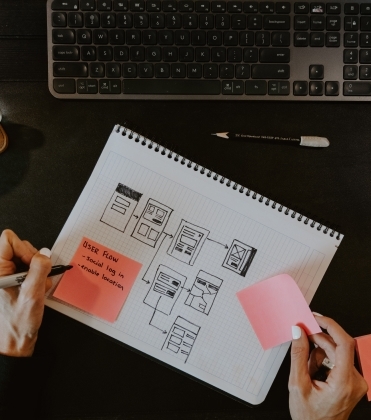Understanding Accessibility in WordPress
Designing an accessible WordPress website is about inclusivity and ensuring that all users, including those with disabilities, can navigate and interact with your site effectively. By following the standards set by the Web Content Accessibility Guidelines (WCAG), you can make sure your website meets the necessary requirements.
Why Accessibility Matters
Accessibility isn’t just about compliance; it’s about usability for everyone. A website that adheres to WCAG not only benefits users with disabilities but also enhances the overall user experience. Creating an inclusive website helps to widen your audience reach, boost SEO, and demonstrate social responsibility.
Implementing WCAG in WordPress
To start making your WordPress website more accessible, consider the following steps:
- Choose an Accessible Theme: Select themes specifically designed with accessibility in mind.
- Use Accessible Plugins: Look for plugins that enhance accessibility features such as screen reader compatibility and keyboard navigation.
- Alt Text for Images: Always provide descriptive alternative text for images to aid users relying on screen readers.
- Color Contrast: Ensure high contrast between text and background colors to improve readability.
- Keyboard Navigation: Make sure that all content is accessible via keyboard inputs, beneficial for users who cannot use a mouse.
Testing and Continuous Improvement
Once you have implemented these accessibility features, it’s crucial to test your website. Use accessibility testing tools and consider user testing with individuals who have disabilities to identify areas for improvement. Regularly update your site to keep up with evolving WCAG standards and continuously enhance user experience.



DZ_Software